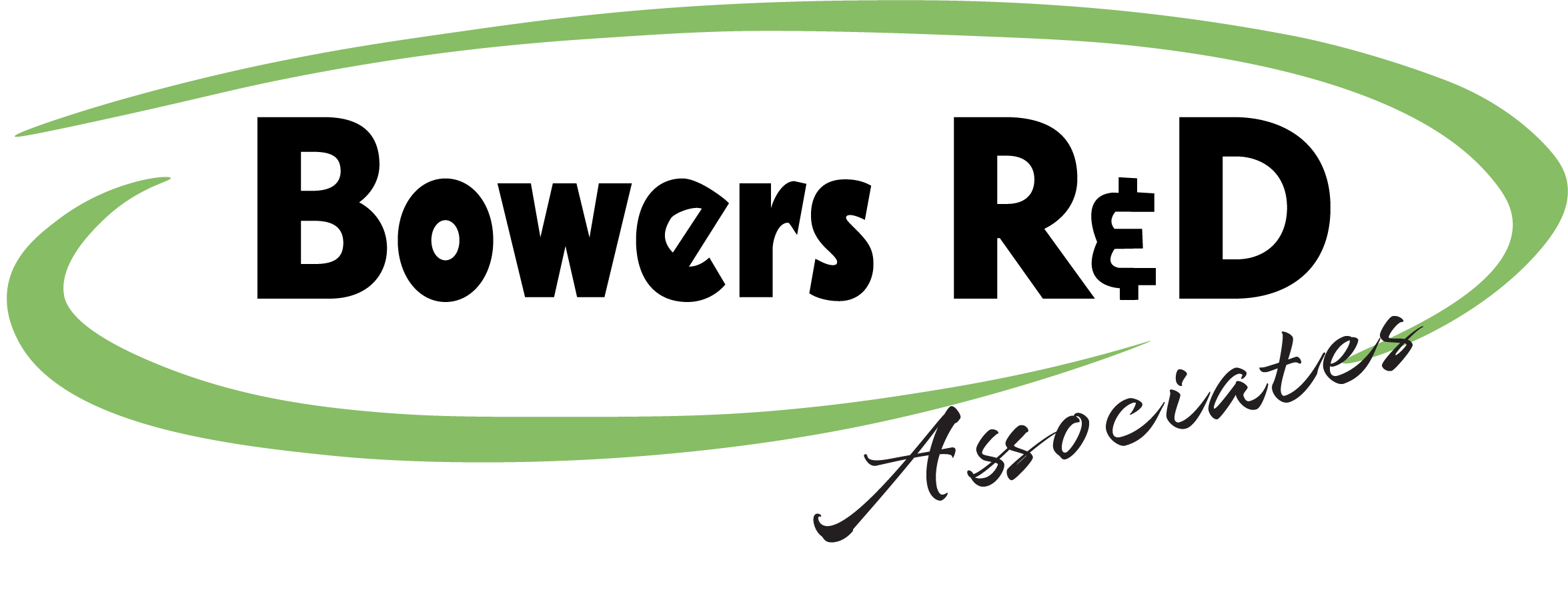The Federal research and development (R&D) tax credit program rewards businesses for increasing investments in innovation.
Companies must innovate to remain competitive in their respective industries. Of course, taking part in forward-thinking enterprises is also costly. Thankfully, a Federal R&D tax credit can provide a substantial reward for taking financial risks and developing new products.
What is the Federal R&D Tax Credit Program?
The United States government launched the Federal R&D tax credit program as a temporary project to bolster the economy. Introduced in 1981, the program was supposed to last only for two years.
Due to its consistent support from Congress, President Obama signed The PATH Act of 2015. With this step, the R&D tax credit program’s provisions were expanded and became permanent.
This credit rewards companies for increasing investments in R&D. Such a resource is invaluable as it can be used to offset:
- Income taxes if you’re in a taxable position.
- Alternative Minimum Tax (AMT) if you owe AMT in the current year and have less than $50 million in average revenue for the three preceding years.
- The employer portion of payroll taxes up to $250,000 each year for qualified small businesses.
Another exciting feature of this credit is that it can be carried forward 20 years. This unique trait is particularly exciting for younger qualifying companies, as they can use it as a selling point when trying to draw in investors.
As explained by The CPA Journal, Internal Revenue Code (IRC) section 41 contains the complete rules and regulations of the federal R&D tax credit for your review.
Which Industries Qualify for this Tax Credit Program?
There are quite a few industries that could take advantage of this great program. Here’s a list that details just some of the industries that could qualify for a Federal R&D tax credit:
- Software development
- Manufacturing/food processing
- Architecture and engineering
- Agriculture
- Pharmaceutical and biotech
- Beer and coffee
As you can see, business owners in a wide variety of fields who are trying to create new products or simply attempting to enhance existing ones could be eligible for this credit. Of course, like with any credit or grant, there are restrictions on who can apply.
The Four Part Test
So, how do you know if you qualify for an R&d tax credit?
Thankfully, there’s a simple four part test that can ascertain if your business qualifies for this resource. If you meet the four requirements shown below, you should consider applying for this credit:
- Your company developed a new product or process or improved upon existing functionality.
- Your company dealt with some form of uncertainty in the development process (appropriateness of design, the method used, etc.).
- Your company utilized a process of experimentation to eliminate uncertainty (modeling, prototyping, trial and error, or other testing).
- Your company conducted experimentation that relied on engineering, biological, physical, or computer science.
Bear in mind, that this federal credit is only available to companies based in the U.S. This means that the R&D needs to be completed in the U.S. as well.
Qualifying Scenarios
Let’s say that Company A is developing a new drug to cure baldness and is based in Delaware; however, Company A employs a French lab to develop the drug.
Since the individuals who are actively participating in R&D don’t live in the U.S., the company wouldn’t be eligible for the credit.
Meanwhile, Company B is building robots that can identify dog breeds instantly in California and hires robotic experts in California. Company B contracts work from freelancers in other states too.
Since all the qualified research expenditures (QRE), the robot design, testing, etc., are being done stateside and all the employees, full-time or otherwise, are based in the U.S., those costs could be added to Company B’s credit calculation.
Bear in mind, you will only be able to use a percentage of a freelancer or outside consultant’s fee. Luckily, you can get an estimate of your overall credit when you use an R&D tax credit calculator.
It is also important to note that if your company is developing software additional requirements must be met. To qualify for the federal R&D tax credit, your software must:
- Be innovative, result in a cost reduction, or substantially improve speed.
- Posed a financial risk to develop, required substantial resources to create, and its recovery time frame must have faced some uncertainty.
- Not have originally been commercially available.
Now that you know what business activities could qualify for a credit, you should be aware of what enterprises aren’t eligible for the federal R&D tax credit.
What Activities Don’t Count as QRE?
There are quite a few activities that seem as if they are QRE but are not. While you can apply certain employee salaries and supply costs to your R&D credit calculation, you won’t be able to claim any of these listed items for a credit:
- Cost of research conducted post-commercial production
- Financial loss due to the adaptation and/or duplication of existing business components
- Cost of surveys or studies related to management functions or techniques
- Funds dedicated to market research, testing, or development
- Advertising or promotion costs
- Cost of routine data collection
- Routine, ordinary testing, or inspection for quality control
- Computer software that doesn’t meet R&D qualifications
- R&D done beyond U.S. borders
- Social sciences research
- Research that is funded
Despite these restrictions, the Federal R&D tax credit can still provide immense financial relief to both newly founded and long-established businesses.
How Much is the Federal R&D Tax Credit?
This credit can be as much as 10% of your QRE. That’s nothing to sneeze at, and state governments, just like the federal government, want to boost local economies tool too.
That means if you live in any state that offers R&D tax credits, you can apply for a credit from your home state too.
Knowing how to get a state R&D tax credit in addition to a federal credit can dramatically reduce your tax burden and allow you to focus on boldly going where no one in your industry has gone before.
The Federal R&D Tax Credit: What You Need to Know
Companies across the nation can utilize the federal R&D tax credit to power innovation. If your company is spending money to create new products and employing U.S. workers and contractors, you could be a good fit for this credit.
There’s no time like the present to claim your R&D tax credit. Contact the Bowers R&D Associates Research and Development Tax Team today.

